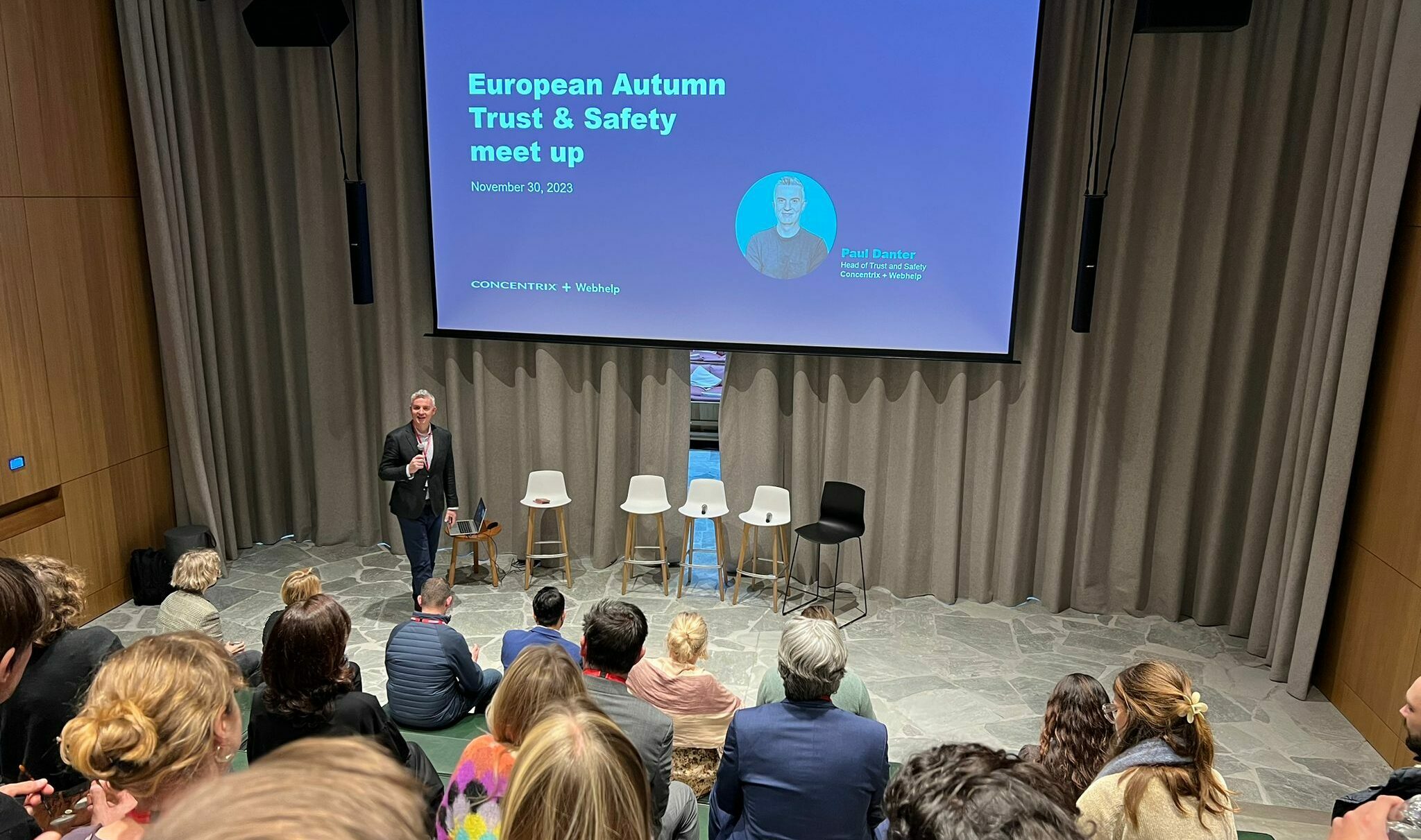The analyst company Gartner has been publishing great advice on the customer experience for many years. I think their predictions for the customer experience in 2020 remain one of the best summaries of where customer service is headed – specifically becoming a multi-disciplinary business activity that adds real value to the bottom line.
I found a new Gartner article recently that I also really appreciated. It is a list of ten maxims of customer experience. Each maxim is linked to a more detailed blog post, so it’s like a summary of the top ten issues facing anyone planning the customer experience for their business.
Here are three of the maxims that I particularly like. It’s just an example from the complete list, but I think that these resonate deeply with all managers responsible for trying to improve the customer experience.
- Your brand is what people feel and say it is, not what your brand believes or says it is. Your brand is owned by the customer, not you. It is created and fashioned in the mind of your customers and prospects. You are what they think you are or what they hear from others.
- What your brand does is more important than what it says. Your brand will be ultimately evaluated by its customers on what it does for them, not what it says in its ads, emails or on its website.
- Brands that cannot retain customers cannot win. Acquiring customers is costly and challenging; retaining and growing loyal customers is the key to business success and profitability.
What is really important to appreciate about these comments is that role of the customer service team has dramatically changed in the past few years. As the Gartner predictions for 2020 highlight, the more complex customer journey we see taking place today means that customer service, sales, and marketing are all functions that are blended together. Customers don’t see internal functions or departments, they just see the brand.
Customers interact with brands at many stages today from requesting information by asking questions to actually commenting on a purchase. There is more dialogue and relationship-building with customers today and this change the way the brands are defined – it’s no longer about your last marketing campaign and much more about the day-to-day interactions with customers.
I think these maxims are important for all managers to study and remember. Customer interactions are becoming more complex and more digitally focused, but the important aspect to really remember is that customer interactions are now defining how customers see your brand. Advertising and marketing remain strategically important, but these functions need to work in parallel with customer service because it is the everyday interactions that customers are really using to form a view on your business. Let me know what you think in the comments or get in touch via LinkedIn.

![[Fashion] Choosing the right partners to grow your business in 2024, at a time when trust is fragile](https://media.webhelp.com/wp-content/uploads/2023/12/21090253/Office-Showcase-2.png)


